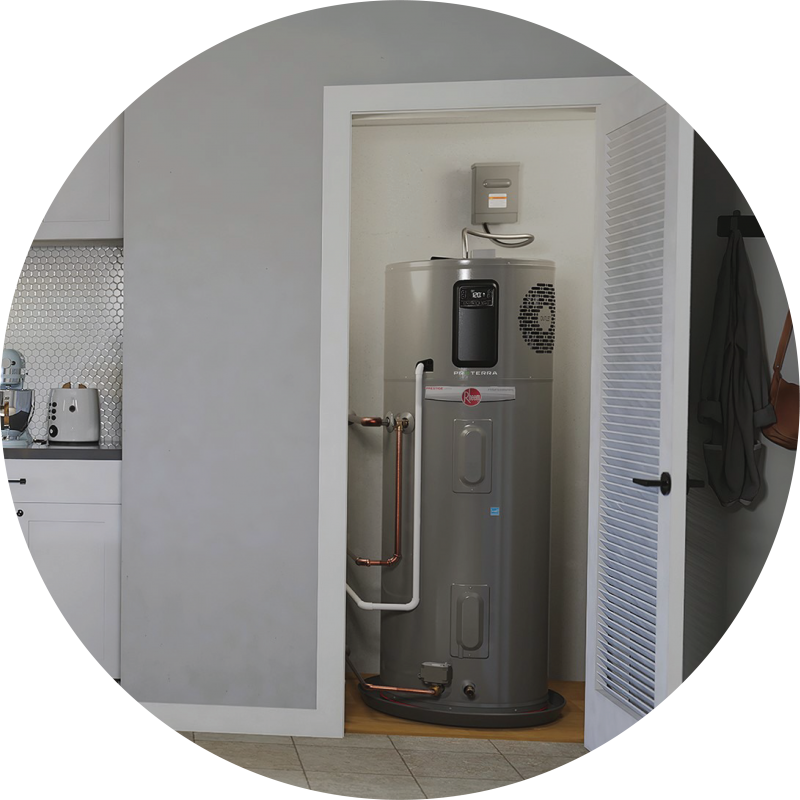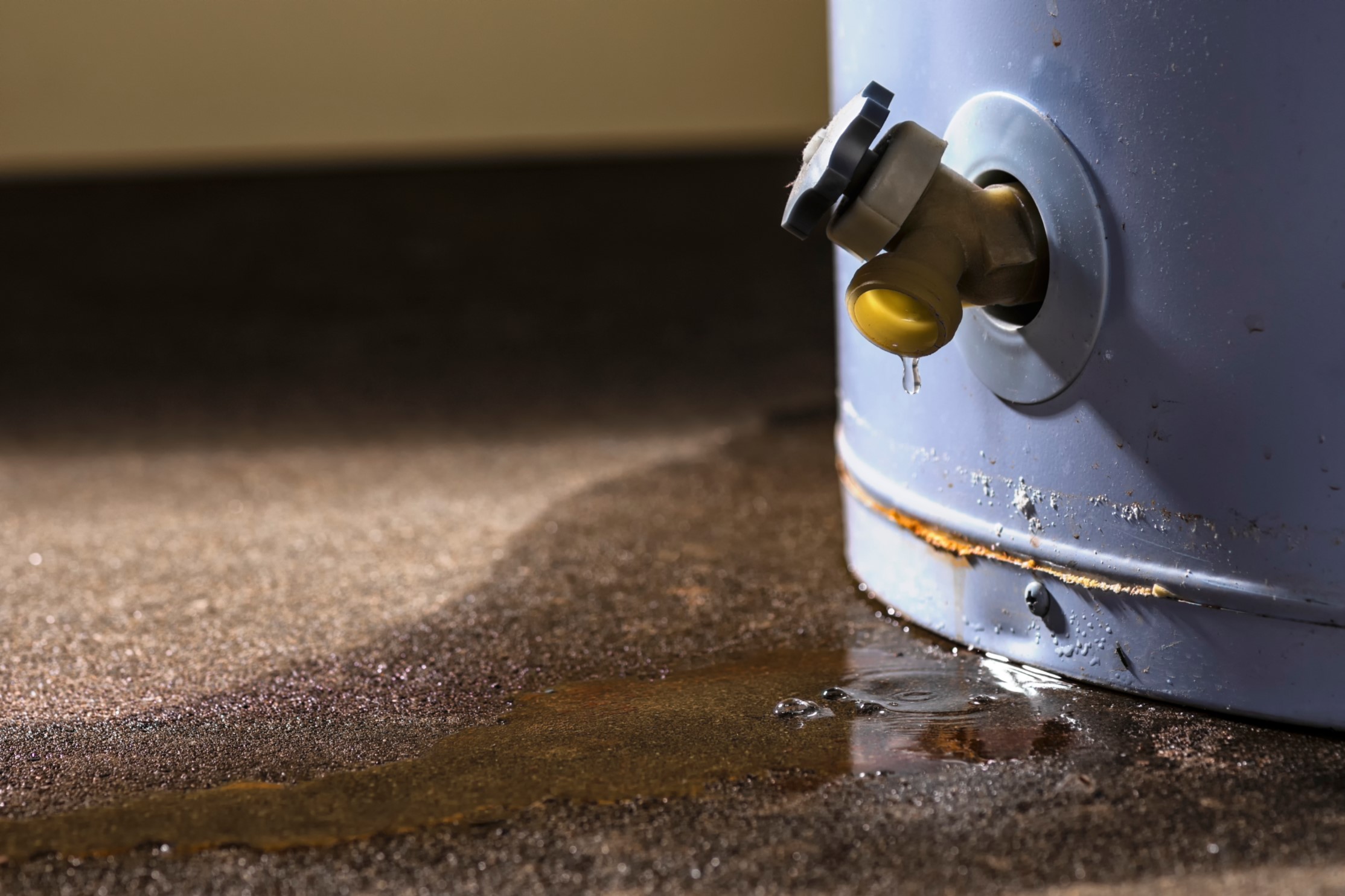Essential Guidance on Caring for Your Home's Hot Water SystemSimple Methods to Maintain Your Home's Hot Water System ProperlyKey Maintenance Strategies for Your Home's Hot Water System
Essential Guidance on Caring for Your Home's Hot Water SystemSimple Methods to Maintain Your Home's Hot Water System ProperlyKey Maintenance Strategies for Your Home's Hot Water System
Blog Article
How do you really feel about Tips on Maintaining a Water Heater?

Warm water is important for everyday convenience, whether it's for a refreshing shower or cleaning recipes. To guarantee your hot water system runs efficiently and lasts longer, routine upkeep is vital. This article offers functional pointers and understandings on how to maintain your home's hot water system to stay clear of disruptions and expensive repairs.
Introduction
Keeping your home's hot water system might appear complicated, but with a few simple steps, you can ensure it operates smoothly for years ahead. This overview covers everything from understanding your hot water system to DIY upkeep tips and knowing when to employ specialist aid.
Importance of Maintaining Your Warm Water System
Normal upkeep not just extends the lifespan of your hot water system yet likewise ensures it operates efficiently. Neglecting upkeep can cause reduced effectiveness, higher energy bills, and also premature failure of the system.
Signs Your Warm Water System Requirements Maintenance
Knowing when your warm water system requires attention can prevent significant concerns. Watch out for indications such as inconsistent water temperature, strange noises from the heating unit, or rusty water.
Flushing the Hot Water Heater
Purging your water heater removes debris buildup, improving efficiency and lengthening its life.
Monitoring and Replacing Anode Rods
Anode poles protect against deterioration inside the container. Evaluating and changing them when worn out is essential.
Complex Issues Requiring Specialist Aid
Examples include major leaks, electric problems, or if your hot water heater is constantly underperforming.
Routine Professional Upkeep Conveniences
Expert upkeep can include comprehensive examinations, tune-ups, and ensuring conformity with safety requirements.
Inspecting and Readjusting Temperature Setups
Adjusting the temperature level settings makes certain ideal efficiency and safety.
Do It Yourself Tips for Maintenance
You can do several upkeep tasks yourself to maintain your hot water system in leading problem.
Checking for Leakages
Frequently inspect pipes and links for leaks, as these can result in water damages and higher expenses.
Understanding Your Hot Water System
Prior to diving right into maintenance jobs, it's helpful to comprehend the standard elements of your warm water system. Typically, this includes the hot water heater itself, pipelines, anode poles, and temperature controls.
Regular Monthly Maintenance Tasks
Regular regular monthly checks can aid capture minor problems prior to they rise.
Evaluating Stress Alleviation Valves
Testing the pressure relief valve guarantees it operates properly and stops extreme pressure accumulation.
Shielding Pipelines
Protecting warm water pipes reduces heat loss and can save energy.
When to Call a Specialist
While do it yourself upkeep is advantageous, some problems call for specialist knowledge.
Final thought
Normal upkeep of your home's hot water system is vital for effectiveness, long life, and price savings. By following these suggestions and understanding when to look for expert assistance, you can make sure a trusted supply of warm water without unanticipated disturbances.
Water Heater Maintenance: The Basics
Maintaining your water heater will ensure it operates efficiently and has a longer lifespan. Neglecting regular maintenance can lead to costly repairs and an even bigger chunk of your savings if you have to replace it sooner than necessary. But there’s good news: Most water heater maintenance tasks are relatively simple and easy for homeowners with basic DIY skills.
Flush the Water Heater
Over time, sediment and minerals can build up in the tank, reducing its efficiency and potentially causing damage. To flush the tank, turn off the power or gas supply, attach a hose to the drain valve near the bottom and open the valve to drain the water until it runs clear. Ideally, flush the tank annually.
Replace the Anode Rod
The anode rod is a sacrificial metal rod that helps prevent corrosion inside the tank. Inspect and replace it every three to five years or per the manufacturer's recommendation. To replace the anode rod, turn off the power or gas supply, drain a few gallons of water from the tank, unscrew the old rod and replace it with a new one. If the anode rod is significantly corroded or covered in calcium buildup, it's a sign the water heater may need to be replaced soon.
Tune-Up
A yearly tune-up can help identify potential issues and ensure your water heater operates at peak efficiency. This typically involves checking the thermostat, burner assembly (for gas heaters) and any other components specified by the manufacturer. During a tune-up, the technician may also clean the burner and adjust the pilot light (for gas heaters) or examine the heating elements (for electric heaters).
How to Maintain Your Water Heater
Insulate the tank. Insulating the tank can improve energy efficiency and reduce heat loss, saving you money on energy bills. You can purchase precut insulation blankets designed specifically for water heaters or use standard fiberglass insulation wrapped securely around the tank. Check the temperature. The recommended water temperature for most households is around 120 degrees Fahrenheit (49 degrees Celsius). Higher temperatures can increase energy costs and potentially cause scalding. Use a kitchen thermometer to check the temperature at the faucet nearest the water heater. Monitor water pressure. Excessive water pressure can strain the water heater and cause leaks or even tank failure. Install a pressure-reducing valve if necessary. The ideal water pressure range is between 60 and 70 PSI (pounds per square inch). Test the temperature and pressure (T&P) relief valve. The T&P relief valve is a safety feature that releases pressure if the tank gets too hot or the pressure builds up too high. Test it annually by lifting the lever and allowing a small amount of water to release. Replace the valve if it doesn't release water or reseal properly. Check for leaks. Regularly inspect the tank, pipes and fittings for leaks or corrosion. Deal with issues promptly to prevent further damage. Even a small leak can lead to significant water damage over time. Consider a tankless water heater. If your traditional tank-style water heater is nearing the end of its lifespan ( typically 10 years), consider replacing it with a tankless water heater. These units heat water on demand, reducing standby energy losses and potentially saving you money on your energy bills. Schedule professional maintenance. While homeowners can perform many water heater maintenance tasks, it's still a good idea to schedule professional maintenance every few years. A plumber or HVAC technician can thoroughly inspect the unit, identify potential issues and ensure it operates safely and efficiently. https://www.homeserve.com/en-us/blog/home-improvement/hot-water-heater-maintanence/

Do you like reading about How to Maintain a Hot Water Heater in a Few Simple Steps? Put a comment directly below. We will be delighted to find out your thoughts about this review. We are looking forward that you come back again in the near future. In case you liked our blog posting if you please consider to share it. We thank you for reading our article about How to Maintain a Hot Water Heater in a Few Simple Steps.
Get Started Report this page